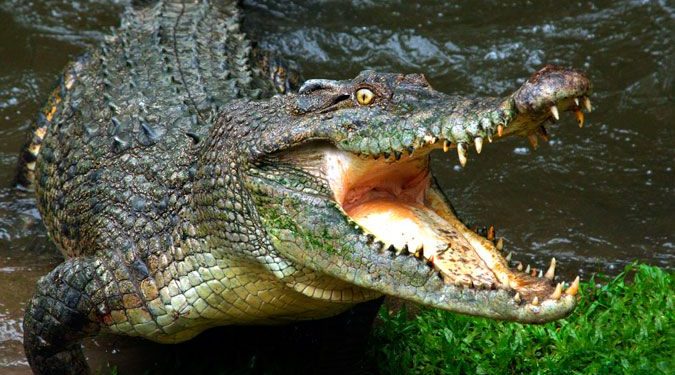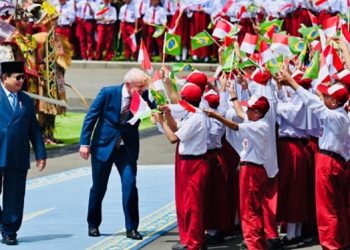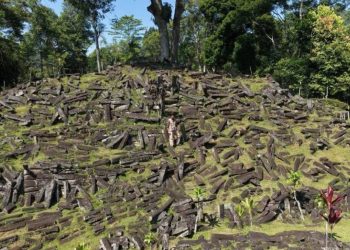Jakarta, Indonesia Sentinel — Indonesia leading as the country with the highest number of crocodile attacks on humans globally. According to a report by The Crocodile Foundation, a U.S.-based conservation organization, more than 1,000 attacks have occurred over the past decade, resulting in 486 fatalities.
The issue gained further attention following a recent report highlighted by Singaporean media outlet on Friday (January 31, 2025), which revealed that habitat destruction is the primary driver behind the escalating human-crocodile conflict.
This environmental degradation is largely attributed to illegal mining activities, particularly in Bangka-Belitung, one of the regions with the highest number of crocodile attacks in Indonesia.
A study published in Biological Conservation (April 2023) identified Bangka-Belitung, East Nusa Tenggara, and East Kalimantan as the three Indonesian provinces with the highest incidence of crocodile attacks.
Over the past six years, Bangka has seen a sharp increase in fatalities, with more than 60 deaths since 2016, including 10 victims recorded by November 2024, according to data from the Alobi Foundation, a local wildlife rescue organization.
“Compared to 2016, the numbers have surged dramatically,” said Langka Sani, founder of the Alobi Foundation, as reported by to Berita Satu.
Illegal Mining
Indonesia’s alarming rise in crocodile attacks is closely linked to environmental destruction caused by illegal tin mining. “This conflict is escalating because crocodile habitats are being destroyed. It’s like a ticking time bomb,” Langka warned.
Bangka produces 90% of Indonesia’s tin, a key raw material for various electronic devices. Previous reports indicate that global tech giants like Apple and Samsung source tin from the region. However, while state-owned PT Timah once controlled mining operations, illegal mines have since proliferated, encroaching on protected forests and residential areas.
“Illegal mining is happening behind schools, near office buildings, and even along river estuaries where crocodiles live,” Langka noted.
Saltwater crocodiles (Crocodylus porosus), which can grow up to seven meters in length and weigh nearly one ton, are highly sensitive to noise. The loud activities of mining operations often force them to migrate or become aggressive.
“They might attack miners or move to new areas. But if their new habitat is already occupied by other crocodiles, they will fight over territory,” Langka explained.
Ecosystem Damage
In addition to displacing crocodiles, illegal mining has severely damaged Bangka’s river ecosystems. The island is home to 97 rivers that flow through villages and cities, including Pangkalpinang.
Dredging and excavation from mining activities have turned these rivers murky and silt-filled, making it difficult for residents to spot lurking crocodiles. Moreover, sedimentation from mining reduces river flow, which in turn disrupts coastal ecosystems.
The destruction of coral reefs and the depletion of fish, crab, and shrimp populations have also deprived crocodiles of their natural food sources. “Crocodiles don’t typically prey on humans. But when they’re starving, they’re forced to seek alternative food sources,” Langka said.
“These attacks might not just be about hunting for food. They could be acts of resistance,” he added, highlighting Indonesia’s status as the country with the world’s highest rate of crocodile attacks.
Read Also:
NASA Predicts Asteroid Will Hit Earth in 2032, Impact Potentially Destroy a City
The alarming rate in crocodile attacks in Indonesia underscores the urgent need for stricter environmental regulations and sustainable mining practices. Without immediate action to curb illegal mining and restore natural habitats, human-wildlife conflicts will continue to escalate, putting both people and crocodiles at risk.
(Raidi/Agung)
























